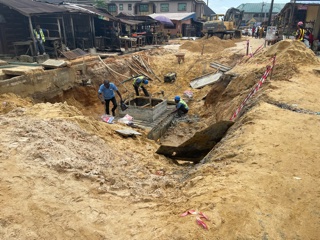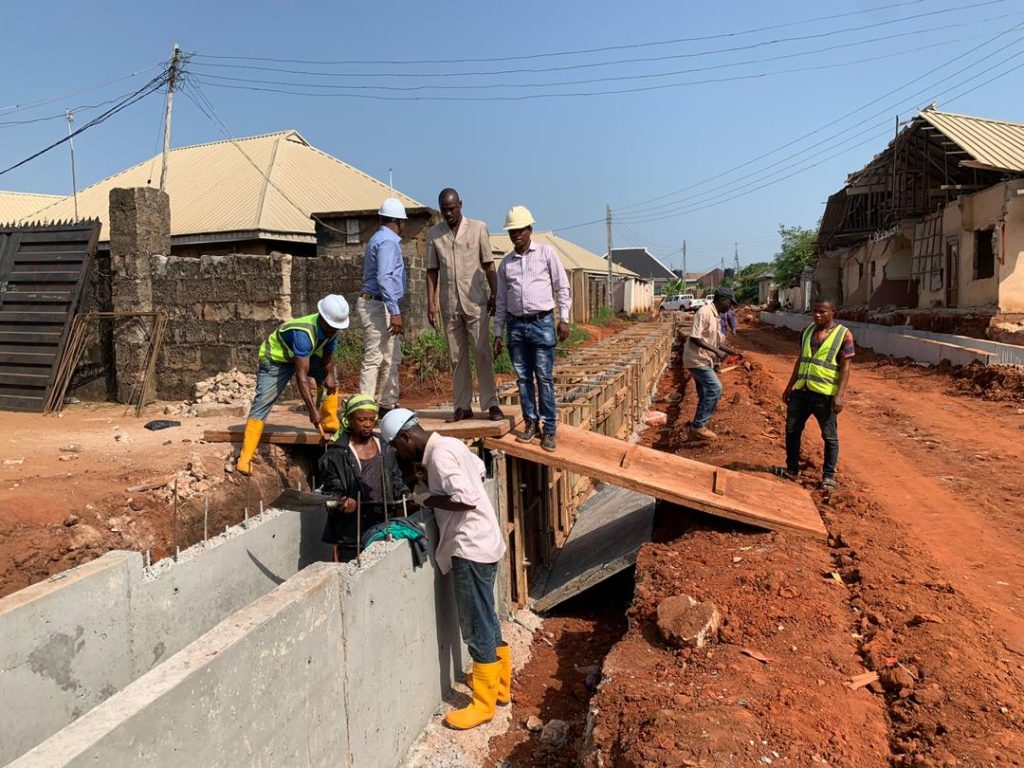
The urgent need for sustainable stormwater management engineering practices
By John Cee Onwualu (FNSE, FNICE, FNIWE, P.E., R.ENG)
As urbanization continues, the impacts of land-use change on urban hydrology become increasingly severe.
Without sustainable stormwater management practices, cities will face more frequent and severe flooding, erosion, and water pollution.

The urgent need for sustainable storm water management engineering practices
It is necessary to take an integrated approach to manage stormwater that involves a combination of engineering practices, community engagement, and education. Here are two key takeaways:
Recommeded: The relationship between land-use change and urban hydrology
Summary of challenges and solutions
The challenges of managing stormwater are significant and complex.
However, sustainable stormwater management engineering practices can help to achieve stormwater management goals while minimizing negative impacts.
Examples of such practices include green roofs, bioretention cells, and permeable pavement.

Installation-of-1.8m-x-1.8m-Sewer-channels-on-Edeyen-Street-Effurun3
Overall, the impacts of land-use change on urban hydrology highlight the need for sustainable stormwater management engineering practices.
By implementing these practices, we can mitigate the negative impacts of land-use change on urban hydrology and promote more sustainable and resilient urban environments.
Recommended: EXAMPLES OF SUSTAINABLE STORM WATER MANAGEMENT PRACTICES IN URBAN AREAS
Call to action for Sustainable Storm Water Management practices
There is an urgent need to adopt sustainable stormwater management practices in urban areas.
To achieve this, it is necessary to engage the community in the planning process and provide education programs for residents and decision-makers.
Implementing sustainable stormwater management practices is not only beneficial for the environment but provides social and economic benefits too. It’s time to act now!

Call to action for Sustainable Storm Water Management practices
In conclusion, sustainable stormwater management engineering practices are critical in mitigating the impacts of land-use change on urban hydrology.
By adopting green infrastructure, low-impact development approaches, and integrating land use planning and stormwater management, we can ensure that our cities are resilient and sustainable for generations to come.
The urgency of these practices is clear, and it is essential that we work together to promote and implement them.
Read Also: Challenges posed by traditional Stormwater Management Practices
References
Alshammari, E. et al., 2023. The Impacts of Land Use Changes in Urban Hydrology, Runoff and Flooding: A Review. In: E. Alshammari, et al. eds. Current Urban Studies. Malaysia: Scientific Research Publishing Inc., pp. 120-141.
Bibi & Sambeto, T., 2022. Modeling Urban Stormwater Management in the Town of Dodola based on Land-use and Climate Change using SWMM 5.1. Journal of Hydrology: Regional Studies, Volume 44.
Hale, R. L., 2016. Spatial and Temporal Variations in Local Stormwater Infrastructure Use and Stormwater Management Paradigms over the 20th Century. Urban Drainage and Urban Stormwater Management, 8(7).
Li, L. et al., 2021. The Effect of Urban Land-Use Change on Runoof Water Quality: A Case Study in Hangzhou City, Hangzhou City: Environmental Research and Public Health.
Wu, J. et al., 2013. Using the Storm Water Management Model to predict Urban Headwater Stream Hydrological response to Climate and Land cover change. Hydrology and Earth System Sciences, 17(12), pp. 4743-4758.
https://www-yankodesign-com.cdn.ampproject.org/i/s/www.yankodesign.com/images/design_news/2020/09/this-grass-roof-villa-could-start-a-new-trend-in-modern-architecture/01-green-roof_architectural-design.jpg
https://encrypted-tbn0.gstatic.com/images?q=tbn:ANd9GcRYRTSgZYDh29fN99kxODi96pjbsx0We74qIA&usqp=CAU
https://encrypted-tbn0.gstatic.com/images?q=tbn:ANd9GcRYRTSgZYDh29fN99kxODi96pjbsx0We74qIA&usqp=CAU